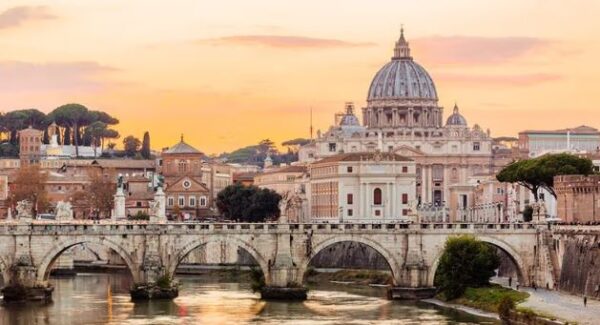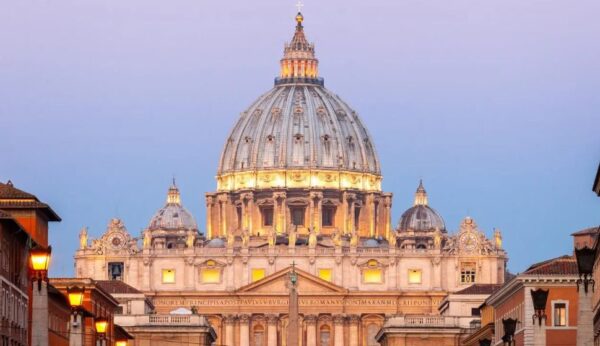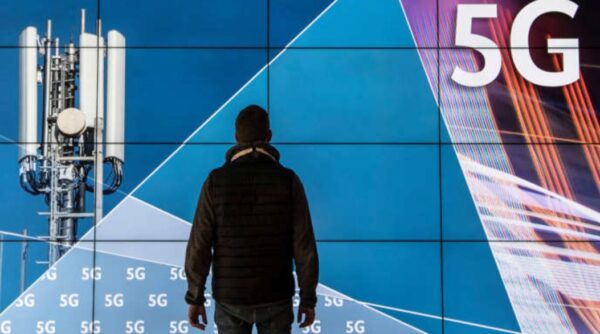Lifestyle
This country has only 850 people – here’s how you can visit
The Vatican City is the least populated country in the world because it has fewer than 1,000 residents (around 800–850 people) and most residents are clergy, Swiss Guards, and officials of the Holy See.
While it has the fewest people, Vatican City is not empty because it receives millions of tourists every year, especially in St. Peter’s Basilica and the Vatican Museums. The city is a hub for religious, cultural, and political activities.
What happens in Vatican city?
- Headquarters of the Catholic Church – The Pope lives in the Vatican and leads global religious affairs.
- Government and Administration – The Vatican City is a theocratic state, meaning it is ruled by religious leaders. The Holy See (the central governing body of the Catholic Church) oversees diplomacy, religious affairs, and global Catholic matters.
- Religious & Cultural Activities – The Vatican hosts religious events such as Christmas and Easter Mass, which attract pilgrims worldwide. It operates Vatican Radio, Vatican TV, and L’Osservatore Romano, its official newspaper.
- Tourism & Museums – The Vatican Museums house famous art and millions of tourists visit the Vatican each year to see St. Peter’s Basilica, the Vatican Gardens, and other landmarks.
- Diplomacy & Global Influence – Despite its small size, Vatican City has diplomatic relations with over 180 countries. It plays a role in humanitarian efforts, peace talks, and global religious discussions.
Can you get visa there?
Once in Italy, you can visit Vatican City without a separate visa, as there are no border controls between Italy and Vatican City.
- Schengen Tourist Visa – For sightseeing and visiting religious sites.
- Religious Visa – For religious events, conferences, or pilgrimages.
- Business Visa – If attending Vatican-related official events.
Can you work in Vatican city?
However, priests, bishops, and religious scholars do travel there for Catholic Church assignments.








